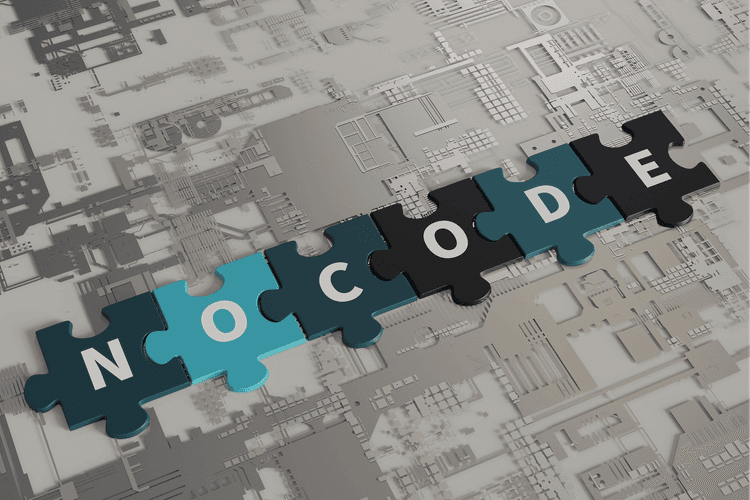The requested blog post is not available at this time. The content is being updated for 2025. Please check out our other blog posts below.
App Development Blog
Our blog delivers expert insights on mobile and web app development, industry trends, and best practices from our experienced development team. Discover proven strategies that help businesses build successful apps and drive digital growth.
All articles

Modern AI chatbots: Smarter than you think
23/12/2025

Custom ERPs are not a luxury anymore
19/12/2025

Smart ERPs for small businesses: a comprehensive guide (part 1)
15/12/2025

Why smart forms should handle your clients before you do
03/12/2025

The Lovable bailout: What happens when no-code tools leave you stuck?
02/12/2025

The Domino Effect of AI Automation
25/11/2025

Outsourced app development for marketing agencies: grow, win and retain more clients
14/08/2025

How we rewired our agency by building a single tool to cover all internal processes
30/07/2025

Can AI Build a Website for Me?
25/06/2025

How to create a successful profit-generating MVP for your app
14/03/2025

App Testing & QA Best Practices
28/02/2025

Developing a mobile application in Ireland
28/02/2025

For mobile app owners: Everything you need to know about DUNS numbers
28/02/2025

iOS Apps for Irish Business
27/02/2025

Mobile App Dev Cost Factors
26/02/2025

React Native Benefits
25/02/2025

Android App Optimization
22/02/2025

iOS Development Trends 2025
22/02/2025

Irish App Funding Opportunities
21/02/2025

How to Choose a Mobile App Development Agency in Ireland
20/02/2025

Building Across the Atlantic: Why and How US Businesses Should Consider Outsourcing App Development to Ireland
20/02/2025

Enhancing the golfing experience: The impact of golf apps on professional and recreational players
12/11/2024

Mental health apps: Empowering minds in the digital age
11/09/2024

How fitness apps are changing the way we stay fit
23/08/2024

Unlocking revenue: Explore monetisation options for your mobile app
09/08/2024

What you need to know before creating an app
07/07/2024

The future of mobile app development: Why Teams as a Service is here to stay
14/06/2024

The role of Teams as a Service in scaling enterprise mobile applications
08/06/2024

What is Software Development?
30/03/2024

Apps for Irish Business
29/03/2024

Irish App Development Costs
27/03/2024

App Development Trends
25/03/2024

eCommerce for Irish SMEs
22/03/2024

Irish Software Dev Costs
20/03/2024

App Monetization 2025
15/03/2024

How To Choose The Right Platform And App Type
24/10/2021

What are User Personas and Why Do You Need Them?
08/12/2020

How to Achieve Better Fan Engagement with Sports App Development
02/12/2020
Have an app idea? Let us help you with that
Transform your vision into a powerful mobile application. Our development team specializes in creating innovative apps that engage users and drive business success. From initial concept to store launch, we guide you through every step of the development journey.
